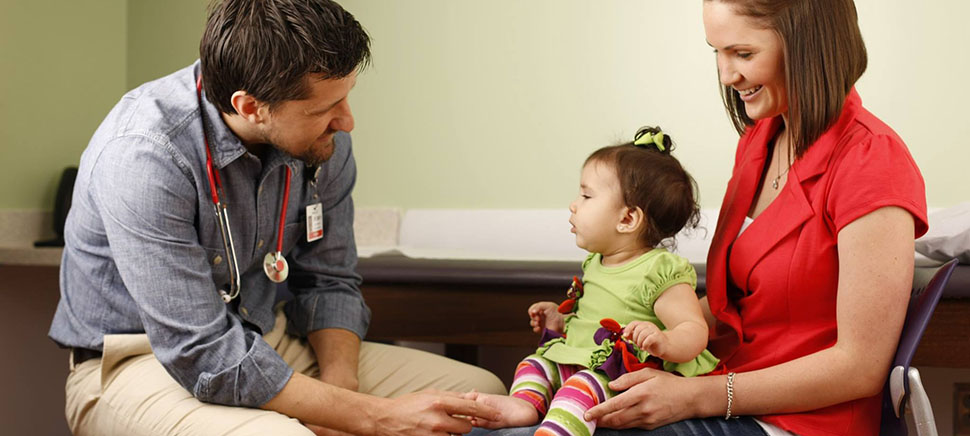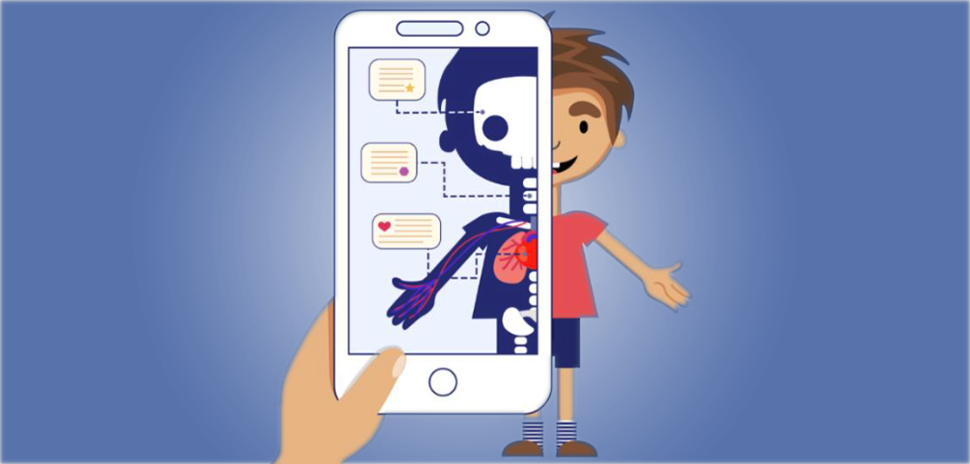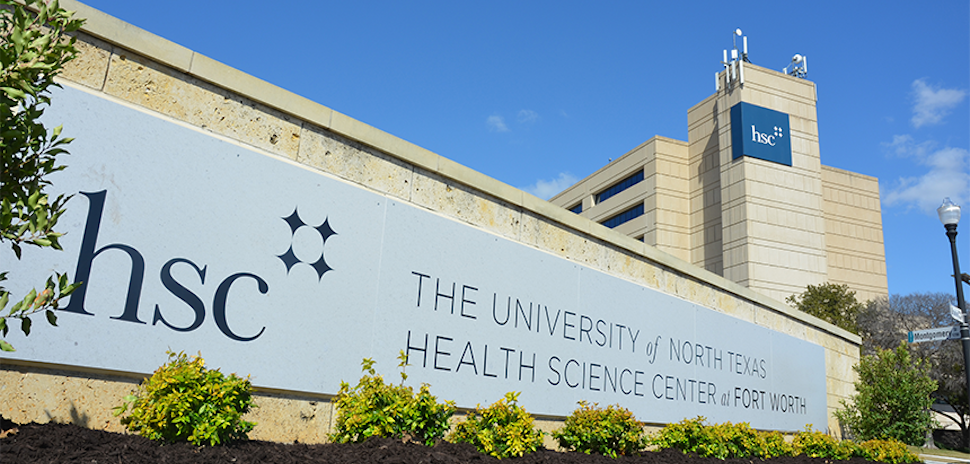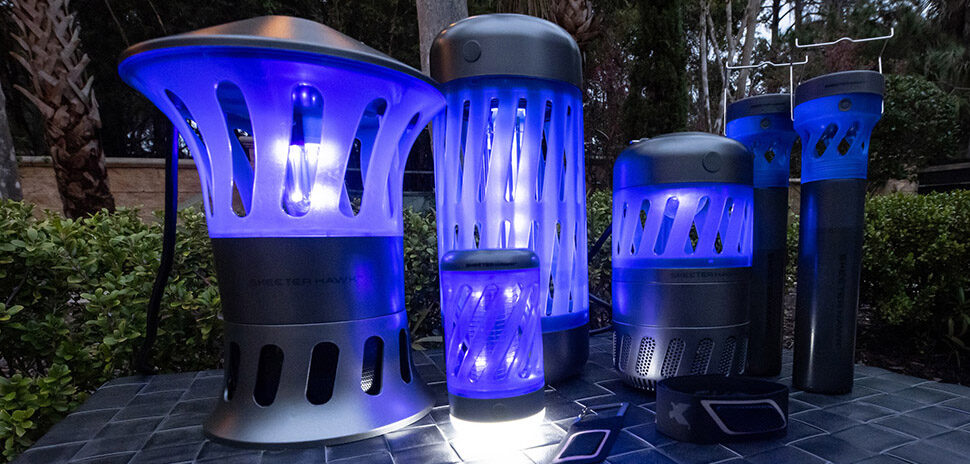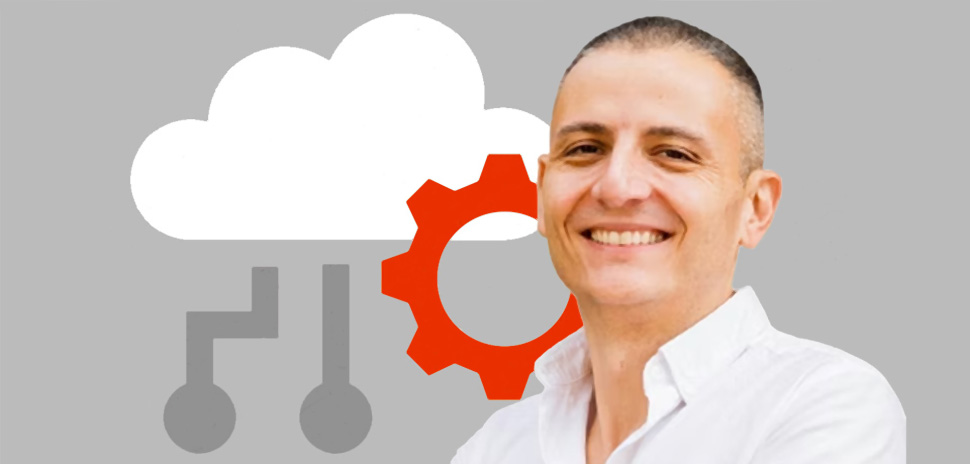Almost every other industry has changed over the last 30 years. For instance, I haven’t filled out a deposit slip in years. I take a picture and submit checks for deposit from my kitchen countertop. If I decide I want an afternoon treat for our office staff, I order it up from a local delivery service and the cookies, brownies, and milk, too, appear at our front desk about an hour later.
But consider what happens when parents have a question for their child’s pediatrician: In most clinics, parents are forced to call the pediatrician’s office, spend 10 minutes on hold to talk to an often overworked and sometimes rude receptionist in order to get an appointment to spend an hour waiting in a crowded waiting room. Finally, the patient gains a glorious five minutes of face-to-face time with the doctor. It’s the same scenario as it was when I was a pediatric patient 30 years ago.
Why are doctors (especially pediatricians) slow to take up new advances?
Tradition
Medical school and medical training are based upon tradition. Things are beginning to change, but much of medical education used to be based on the premise of, “Because that’s how I learned to do it.” That mindset often persists into younger partners’ practices because older partners are training them. Continuing to do things the same way as the last generation, doesn’t get you anywhere.
Cost
Pediatricians work on a tighter margin than some other specialists. Don’t get me wrong, it’s a comfortable life; but the idea of dropping even a $1,000 on some new technology or idea that could flop is not easy to swallow.
Fear
What if something we try doesn’t work? Or even worse, what if a patient is harmed? Some of this fear is healthy. We absolutely need to put safeguards in place to prevent any harm to patients. But, if we can innovate safely, should fear of failing hold us back?
What can we do to change this mindset?
Personally, I believe we have to go back to why a physician gets into medicine in the first place. What do patients need? What best serves them?
Personally, I believe we have to go back to why a physician gets into medicine in the first place.
The promise of Cook Children’s is, “Knowing that every child’s life is sacred, it is the promise of Cook Children’s to improve the health of every child in our region through the prevention and treatment of illness, disease and injury,” as stated on the hospital’s website.
What is not stated, but implied, is that each of our employees is expected to accomplish those things by using whatever means available.
How are we working to combat each of the barriers to innovation?
Cost
Cook Children’s has invested heavily in clinicians who are working hard to advance their field. The Cook Children’s Health Foundation has set endowed chair positions, which Dr. Britt Nelson describes as “funds that are set aside to invest in the physician’s creativity.” Because I value creativity and feel that doctors lose some of the ability to create over time, I love that description.
We currently have four endowed chairs: Dr. Paul Thornton, hypoglycemia (low blood sugar); Dr. Warren, marks-movement disorders; and Dr. Steve Musykens, cardiac MRI. But, it’s not just specialty care. Through Cook Children’s Morris Innovation Clinic, we have invested in new and innovative ways to improve medical care for children with complex medical needs and who are on state-funded insurance.
Cook Children’s Trophy Club is set to open in the Spring of 2016. As the medical director of this clinic, I have been charged with the task of taking pediatrics to the next level. We will use technology to better connect with our patients and to give them options for the ways that they receive care. We will work on processes that make work easier for doctors and staff so that they can focus on what is most important, the patient.
Tradition
Cook Children’s primary focus is taking excellent care of pediatric patients and their families. We encourage collaboration between staff members, physicians and patient families to improve care for each individual patient and for our system as a whole. We strive to be more focused on making changes that improve patient’s lives than doing things “the way they’ve always been done.”
Fear
Fear of failure is hard for doctors. Most of us were very successful in school (it’s kind of a requirement to get into and through medical school) and have had many successes along the way. Because of that, doing what we’ve been doing for years (for some of us decades) seems pretty comfortable.
When we think about doing something new (and potentially failing), two big questions come to mind:
1. What will patients think? Awesome, that’s what we’re supposed to be asking ourselves. Will this help patients? Will it improve their life? Access to medical care? Quality of medical care? We have to continue asking these questions.
2. What will my boss think? Fortunately, from Cook Children’s CEO Rick Merrill down, Cook Children’s embraces a culture of trying new things, constantly working to improve processes and asking for patient feedback along the way. Because of that, I don’t worry about sharing new ideas or going right back to the start when parents aren’t happy with the changes we make.
We’re on a mission to advance pediatric care from check-ups in the primary care office to the most specific specialty care needs. My follow-up posts will look at various ways we can do so and how you can help.
For a daily dose of what’s new, now, and next in Dallas-Fort Worth innovation, subscribe to our Dallas Innovates e-newsletter.

